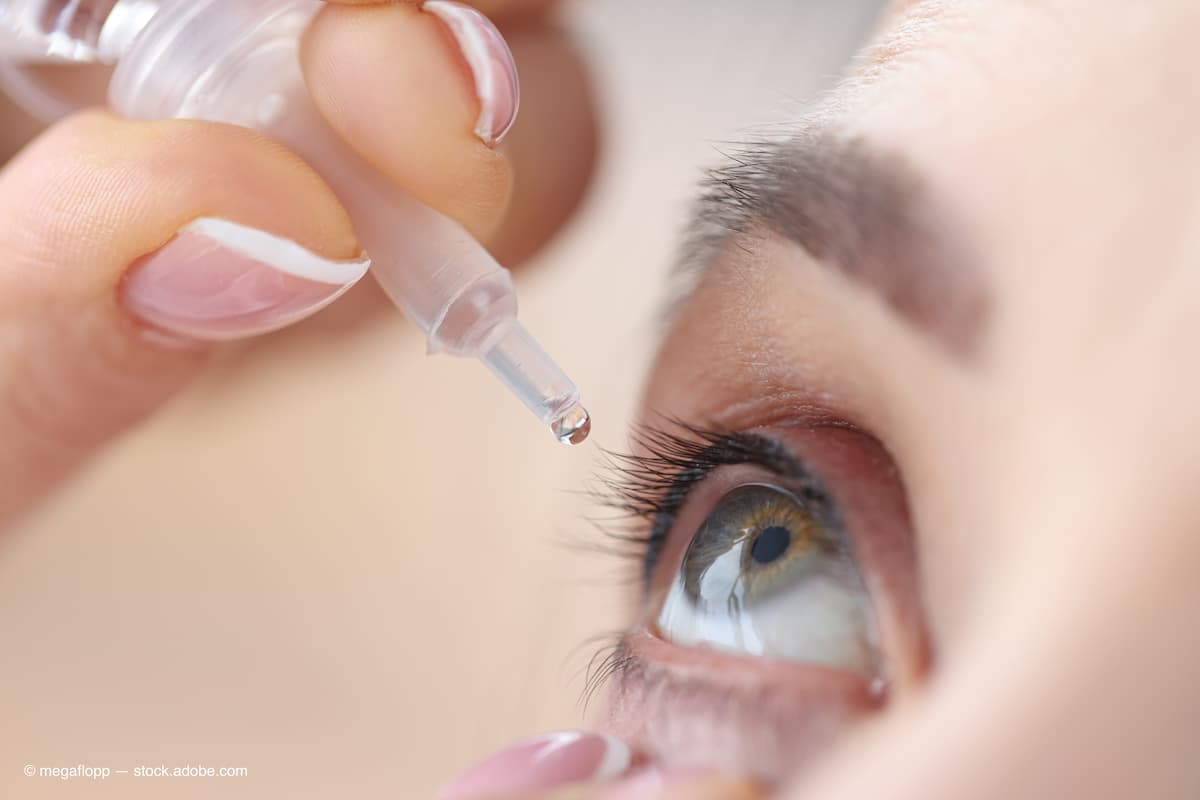ASCRS 2023: Clinical trials find CSF-1 provides visual improvement in mild to moderate presbyopia
Preeya Gupta, MD, reported results of the trials at the American Society of Cataract and Refractive Surgery annual meeting in San Diego, showed that CSF-1, a low dose pilocarpine with an optimized formulation, demonstrated significant 2-line improvement from baseline.
The 2 take-away points from the study are that CSF-1, a low dose pilocarpine with an optimized formulation, demonstrated significant 2-line improvement from baseline. (Adobe Stock/megaflopp)

CSF-1 (0.4% pilocarpine HCl, Orasis Pharmaceuticals) achieved a 2-line improvement in near vision in the phase 3 Near-1 and Near-2 trials that evaluated the safety and efficacy of the drug compared with vehicle, according to Preeya Gupta, MD, who reported the results at the American Society of Cataract and Refractive Surgery (ASCRS) annual meeting held this year in San Diego.
This level of near visual improvement is clinically meaningful for patients with mild to moderate presbyopia and is equivalent to 20/40 Snellen acuity, which facilitates reading 7 point font and enables performance of daily near activities in early to moderate presbyopes defined as functional vision, Gupta explained.
The finding is also relevant because of the 120 million patients with presbyopia in the US alone who may benefit from treatment.
Phase 3 trials of CSF-1
The 2 trials had an exploratory endpoint outcomes: to determine the proportion of participants who achieved a 2-line improvement or greater compared with baseline in the mesopic distance corrected near visual acuity (DCNVA) without loss of 1-line or more in the corrected distance visual acuity (CDVA in addition to a post hoc analysis that assessed the proportion of participants who achieve 20/40 DCNVA or better, Gupta recounted.
Following the screening visit, the patients were randomised to treatment or vehicle at the second visit (day 1) and were assessed after 2 doses at the second, third (day 8), and fourth (day 15) visits. The patients were evaluated under mesopic lighting.
Analysis of CSF-1 results
The results showed that CSF-1maintained a 2-line improvement of near vision or greater from 20 minutes after instillation of the drops up to 8 hours.
On day 15, theproportion of participants who had a2-line or greater improvement in the DCNVA and did not lose 1 line or more of their CDVA was 61.4% compared with 43.3% of those randomized to vehicle. This difference reached significance (p<0.0001 for CSF-1vs. vehicle).
The results also showed that CSF-1 maintained the functional near vision improvement on day 15, that is achieving 20/40 or better DCNVA, in 57.9% at 8 hours after instillation compared with 45.1% randomized to vehicle. This difference also reached significance (p<0.001 for CSF-1vs. vehicle).
The analysis also showed that the 2-line gain in near vision was comparable to achieving functional near vision, that is a DCNVA of 20/40 Snellen vision, in 290 patients with mild to moderate presbyopia.
The 2 take-away points from the study are that CSF-1, a low dose pilocarpine with an optimized formulation, demonstrated significant 2-line improvement from baseline.
The 2-line gain in near vision is comparable to achieving 20/40 or better Snellen functional near VA, which allows patients with mild to moderate presbyopia to perform daily near activities.
Newsletter
Want more insights like this? Subscribe to Optometry Times and get clinical pearls and practice tips delivered straight to your inbox.